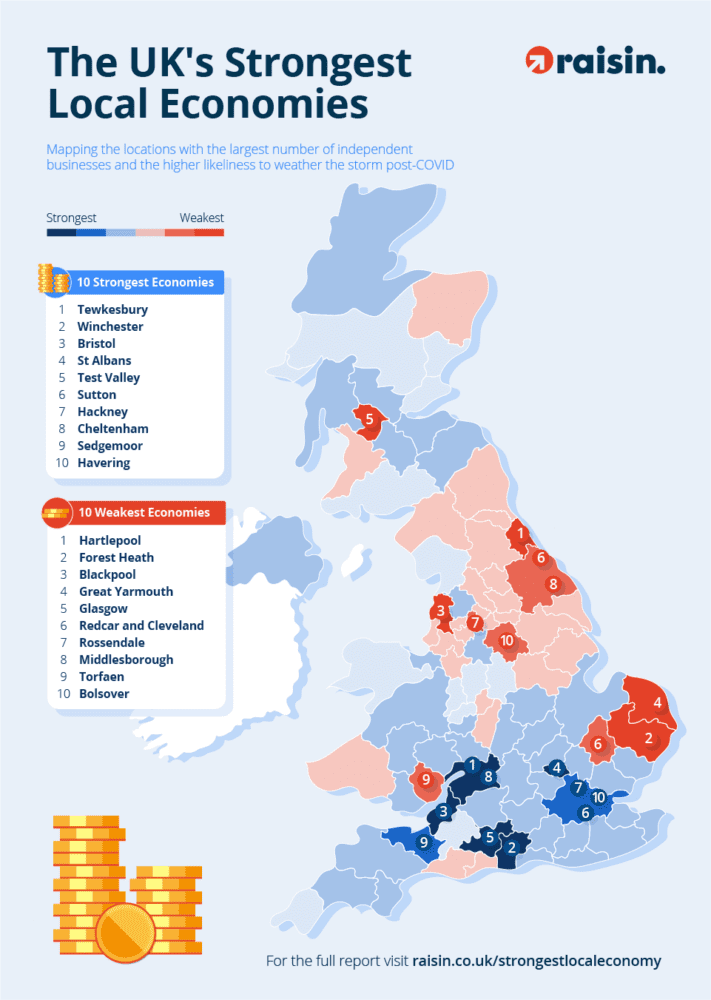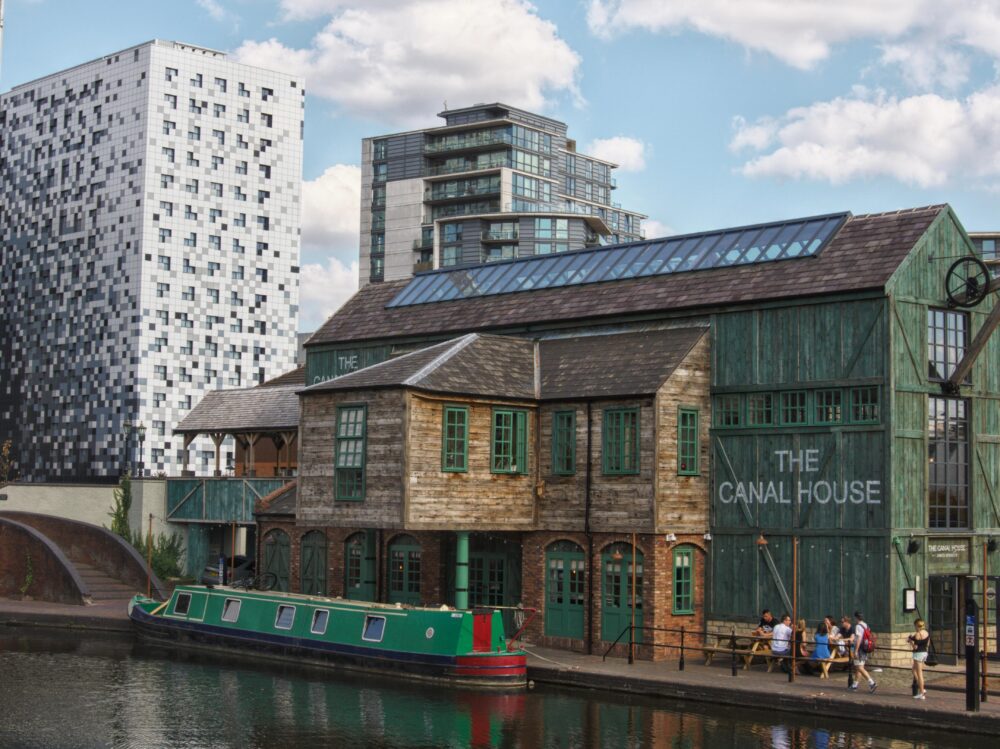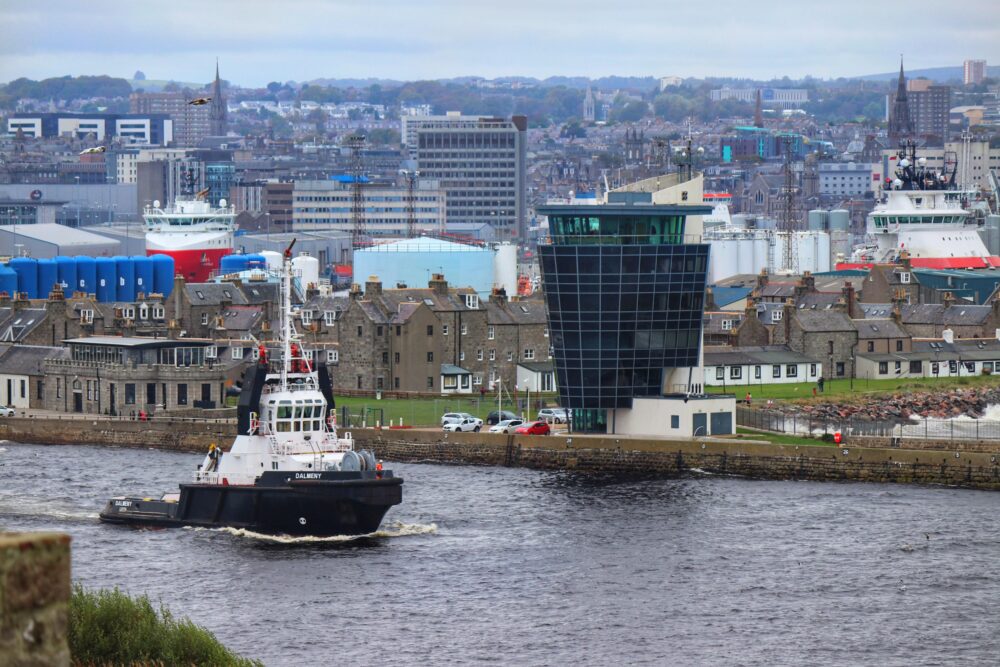New research from savings platform Raisin UK have revealed which parts of the UK have the strongest local economies, and are likely to recover the fastest from COVID-19. Where do they all rank?
Based upon factors such as:
- Number of large businesses
- Business survival rate
- Net growth of birth and death rates
- Rate of people in employment
- Amount of people receiving income support
- Average government spend per head
- CPI Index
The strongest and weakest economies have been calculated throughout the UK, looking at where the economic recovery may be easier for towns and cities across the UK.

#1 Tewkesbury
Interestingly, this medieval market town in Gloucestershire takes first place for the strongest local economy.
Of all its residents, 79.9% are in work, while large businesses have grown by 10% in the town since 2015. The population has also grown by a staggering 22%, stimulating Tewkesbury’s economy even further. Neighbouring town Cheltenham also comes in at 8th, with the 5-year survival rate of new businesses for both towns 47% – a positive sign for potential entrepreneurs in the area.
#2 Winchester
Winchester in Hampshire bags second place, with 78.7% of its residents employed, it’s also had a 21% increase in large businesses since 2015, and also one of the highest business survival rates within 5 years (50%). The net growth of it’s population was also a whopping 30% in 2019, showing that it’s a desirable location with a stimulated population to help recover from economically from the pandemic.
#3 Bristol
Bristol takes third place, with an 8.3% increase in large businesses within the past 5 years, with over 175 new large businesses being started and staying successful over the five-year period. The city also had 79.9% of it’s population employed, with only 6% of them accessing welfare support – more than the national average.
North/South divide is clear in economic recovery
Cornwall is also a region as a whole that’s thriving, with a 29% growth in its population and businesses steadily increasing by 4.5% over the past five years, helped by its position as a popular staycation destination during the pandemic.
Of the economies expected to bounce back from the pandemic the most, there’s a clear divide between North and South.
The strongest economy in the North West, for example, was the Ribble Valley, which has enjoyed a 12.5% growth of large businesses and has a 45.8% survival rate of new businesses – but it still lies well outside the top twenty strongest local economies in the UK.
Which economies are struggling?
#1 Hartlepool
At the other end of our index, it’s bad news for Hartlepool.
Sitting along the North Sea, the Durham town has seen a steady rate of decline in large businesses, with 4% fewer now than in 2015. With thriving cities such as Newcastle, Sunderland, and Middlesborough on its doorstep, Hartlepool’s population isn’t seeing the same rises as other towns in the UK. The chance of a new business surviving past 5 years is also lower here, at 38.8%.
#2 Forest Heath
The former district of Forest Heath, which merged to form the new district of West Suffolk in 2019 also had one of the weakest economies in the UK. Smaller villages and market towns such as Haverhill suffered from a CPI of 99.8, and also a business survival rate of just 37.5%.
#3 Blackpool
This famous seaside resort is well documented for it’s economic decline, and the study revealed further problems for Blackpool’s economy. The net growth of population in Blackpool was only 1.87% and the amount of large businesses had actually declined by 2% in the town.
Over 12% of the population rely on welfare payments, one of the highest figures in the study. It’s seasonal economy would make it harder for Blackpool to bounceback, a common theme seen throughout the study. Great Yarmouth, a seaside town in Norfolk is next to Blackpool in the rankings with 8% fewer large businesses in operation than there were in 2015.
The West Midlands sees business booming
Not only is the population of The West Midlands increasing, so is their number of businesses. Throughout 2019, the number of companies there employing more than 10 people has gone up by an average of 5%, with Bromsgrove leading the way with a huge 44% increase in large successful businesses – the best increase of any area in the UK.

Londoners rely on welfare more than the rest of the UK
While the capital city might be home to some billion-pound businesses and some of the strongest economies in the UK (it’s boroughs of Havering, Sutton and Hackney), it’s also home to more people receiving benefits than anywhere else in the UK.
Over 7.7% of London’s population receives monthly financial support from the government, more than North East England (7.3%), the North West (6.3%), and the West Midlands (5.7%).
Despite this, London’s employment rate sits at 75.4%, showing the disparity between rich and poor in the city supposedly paved with gold.
The South West has the highest rate of employment: 79.9% of the population there are employed, despite the area seeing a 22% decrease in large businesses throughout 2019.
However, London has also seen an impressive rise, with its boroughs coming together to see a growth of 7% throughout the capital – meaning boroughs such as Hackney and Sutton have some of the strongest local economies in the UK overall.
Things aren’t looking good for our fellow Scots
On the other hand, things aren’t looking as good in Scotland. North of the border, there has only been a 2% business growth, with Aberdeen actually seeing a 12% decrease in large companies in operation over the past five years.


















